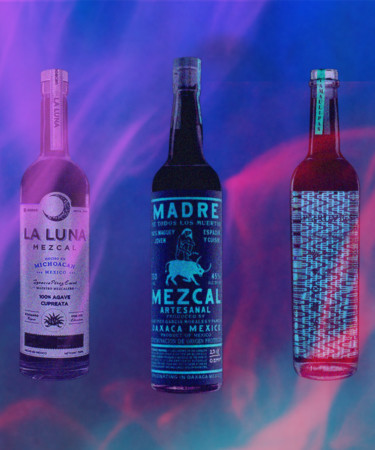Over the past few years, mezcal has continued to grow in popularity in the United States. Now that more people are getting into this artisanal spirit, it is only natural that people will have questions about it. First, let’s get one thing straight: When we use the term mezcal, we are using it to talk about the spirit made in Mexico that can legally be produced from over 50 different varieties of agave. Tequila, while also technically a mezcal, can only be made from the Blue Agave, and therefore we don’t use the terms tequila and mezcal interchangeably. Tequila is tequila and mezcal is mezcal!
When it comes to mezcal, yes, there is always some level of smoke flavor to the spirit. Sometimes, that smoke can be light, and at other times it can be rather heavy, like licking an ashtray. When it is on the heavier side, some spirits experts say the smoke flavor could be a coverup for other faults in the liquid. Balance here is the name of the game. The smoke in mezcal comes from how the fresh agave is cooked in order to bring out the sugars that allow for fermentation to take place. This cooking happens underground in an earthen pit. A fire is started at the bottom of the pit, and when it burns down to the embers, the agave is thrown in and then covered with about a foot of earth. This closed environment causes the agave to be heated and smoked slowly over a period of few days, and the result is a liquid with a smoky flavor and aroma.
If you’re a Scotch lover, especially if you enjoy Scotches from Islay, mezcal will be right up your alley. If you’re new to smoky spirits, try mezcal in a cocktail first, before moving on to enjoying it straight.
